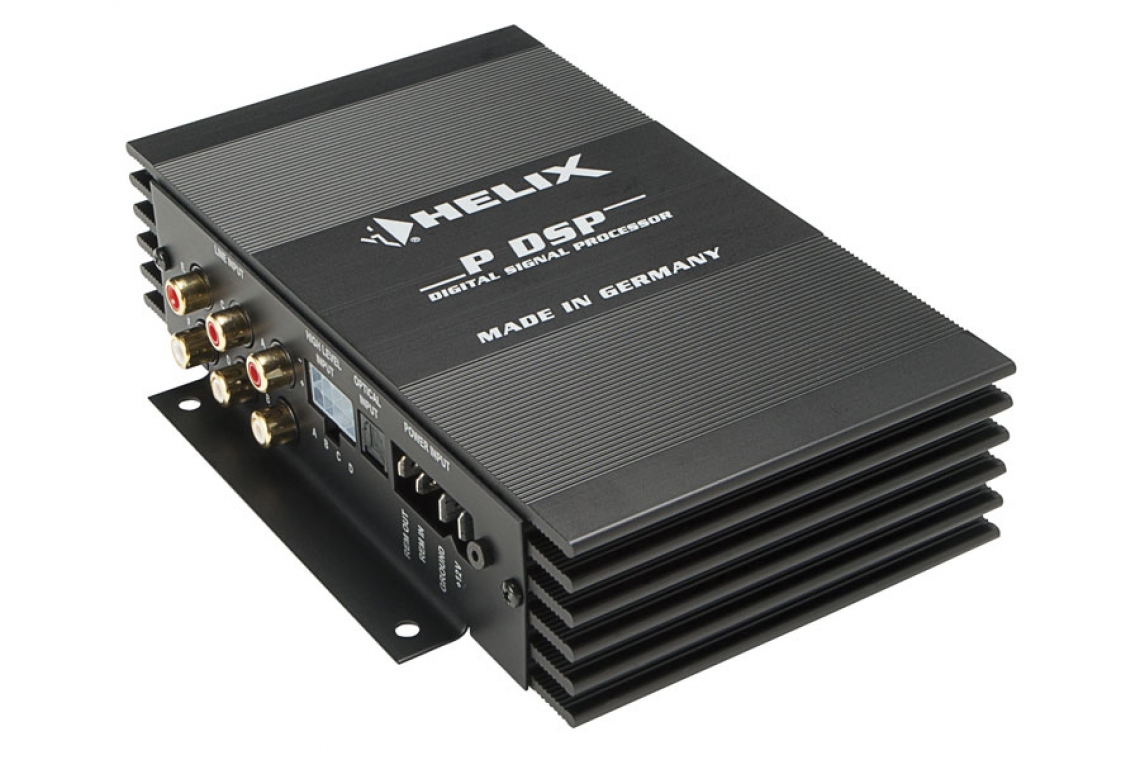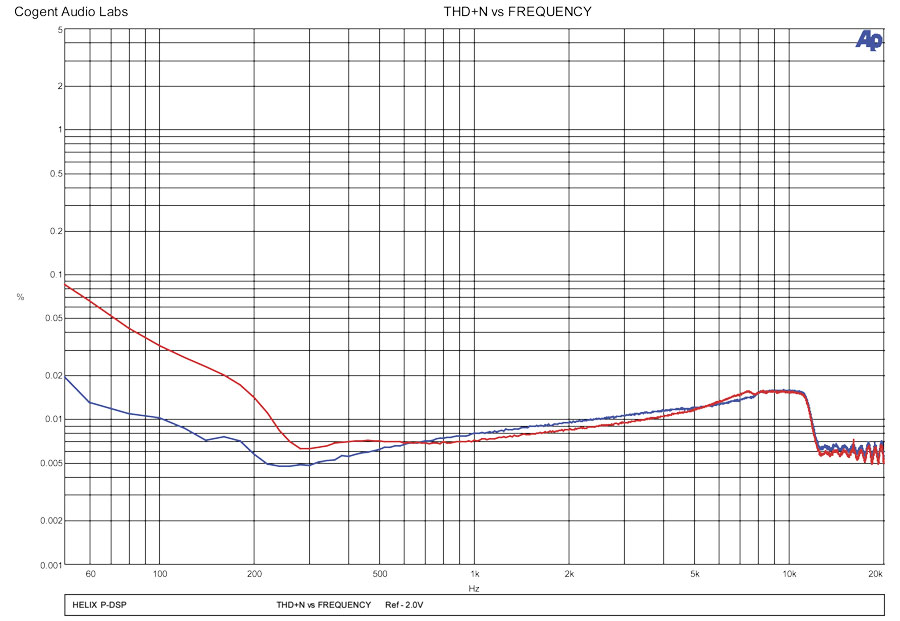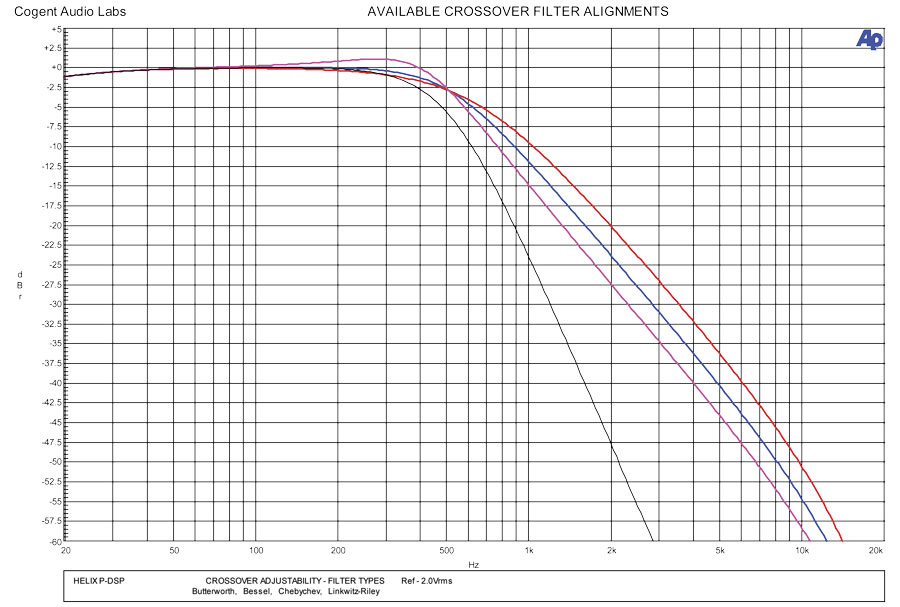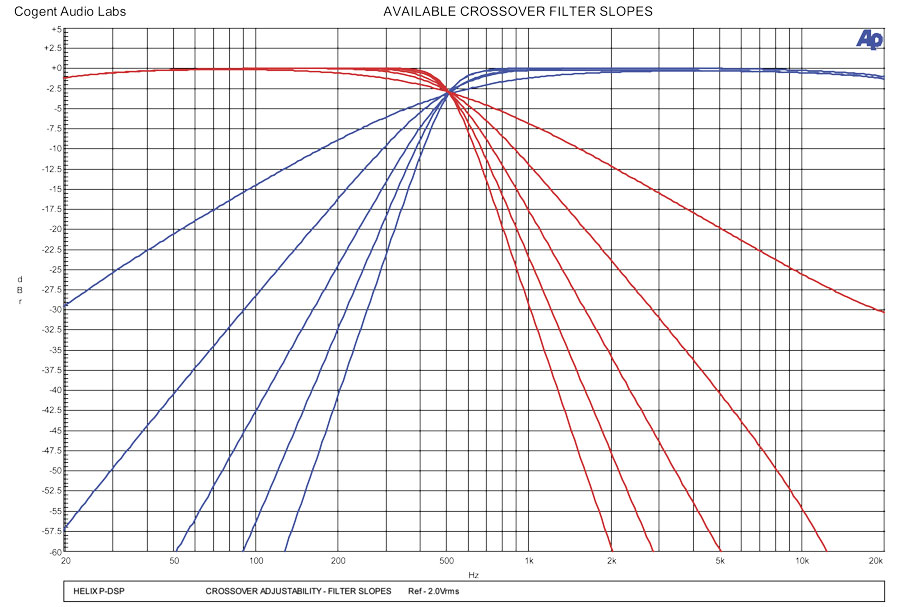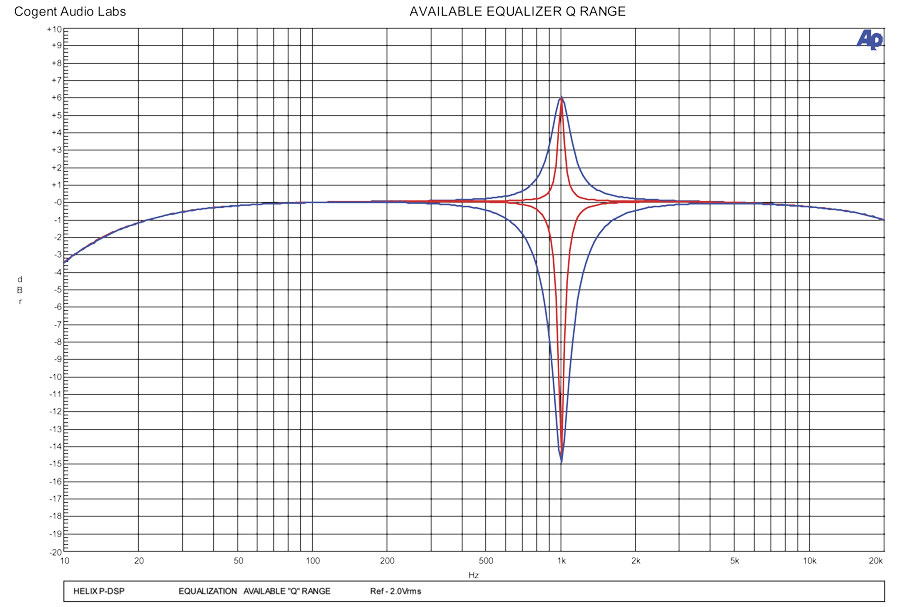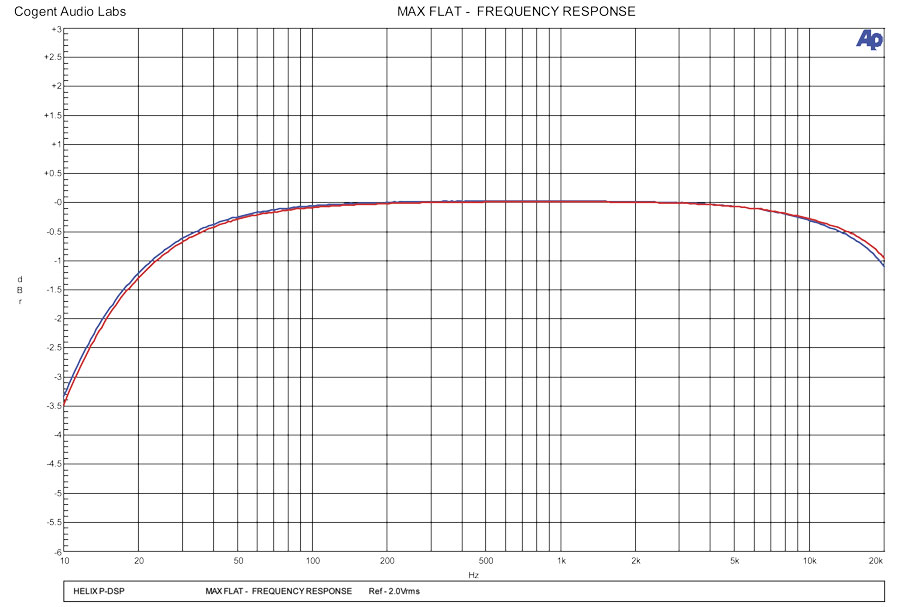Ask any true car audio tweaker what’s highest on his or her wish list, and you’d probably find most of the answers would relate to having the ability to fine tune our systems to our heart’s content, in search of that elusive “perfect sound”. Until recently, serious tuning capability was relegated to a handful of high end and high priced digital signal processors, with complicated and sometimes frustrating Graphical User Interfaces (GUIs). But now Helix (a German company with North America distribution from Rockford Corporation), has a new $599 (US) DSP unit that promises tweaking to your heart’s content with an easy to use set of controls, and a price that’s not going to break the bank.
The unit is called the Helix P-DSP, and just like the über-expensive units, the P-DSP will do channel configuration, high and low pass crossovers, extensive equalization and digital signal delay. The unit is controlled and adjusted through proprietary software that can be downloaded from the Helix website. The software is easy to install and once loaded, the layout and control functionality are very intuitive and easy to figure out. This is a good thing, because the owner’s manual included with the unit provides all the info you need on how to connect things and install the software, but very little information about using the software itself. But with the simple and well thought out interface, it doesn’t take a long time to become very adept at making adjustments and saving your settings to file names of your own choosing.
On the main control panel you’ll find the settings to configure the channels, each of the eight independent channels can be adjusted in almost any way imaginable, such as left, right or center and either full range, tweeter, mid or woofer. The seventh and eighth channels can be set to any of the above, or two different subwoofer outputs.
Once you have the input signals routed to your chosen output configuration, all that’s left is the actual tuning! This is where the fun starts, because the Helix P-DSP offers a vast array of tuning possibilities, configurations and settings. There isn’t enough space to list them all here, but I will touch on the most important adjustments and the things that will be the most useful in getting your system dialed in.
Crossover Settings
The P-DSP provides the ability to select All Pass, High Pass or Low Pass for any channel, and you can also select High Pass and Low Pass together to create your own custom bandpass crossovers. And I do mean custom, because you have an almost infinite set of frequencies to choose from. The adjustment range covers 20Hz to over 20kHz in very small increments. Once the frequency is set, you then get to select the crossover alignment you prefer, from Butterworth, Bessel, Chebychev, Linkwitz-Riley, or you can even create your own user defined alignment!
There are five available crossover slopes, from -6dB per octave all the way to -30dB/oct in -6dB increments.
Okay, with the crossovers selected and dialed in to the appropriate channels, we move on to the equalizer.
Equalizer Settings
And what an EQ this is! At first blush, it looks like a pretty standard 31 band EQ, but upon closer examination, you’ll quickly discover some pretty cool and very useful functions. First, while the standard 31 band frequencies are shown on the “sliders” on the control panel, you can adjust the exact frequency of any of the sliders up or down in small increments on each side of the selected frequency. For example, the 1kHz slider could be set to adjust 940, 970, 1000, 1030, 1060, 1090, 1120 or 1150Hz. Cool huh? But there’s more. Once you have a frequency selected, now you can choose the boost or cut, (from +6dB to -15dB) and then select the Q of the boost or cut you want to apply. And to make it dead simple, a simulation of the resulting response curve is shown on the screen, so you’ll know exactly what’s going on at all times. If you can’t EQ your system with this baby, I guarantee you that someone can. If that’s the case, maybe they should be doing your tuning!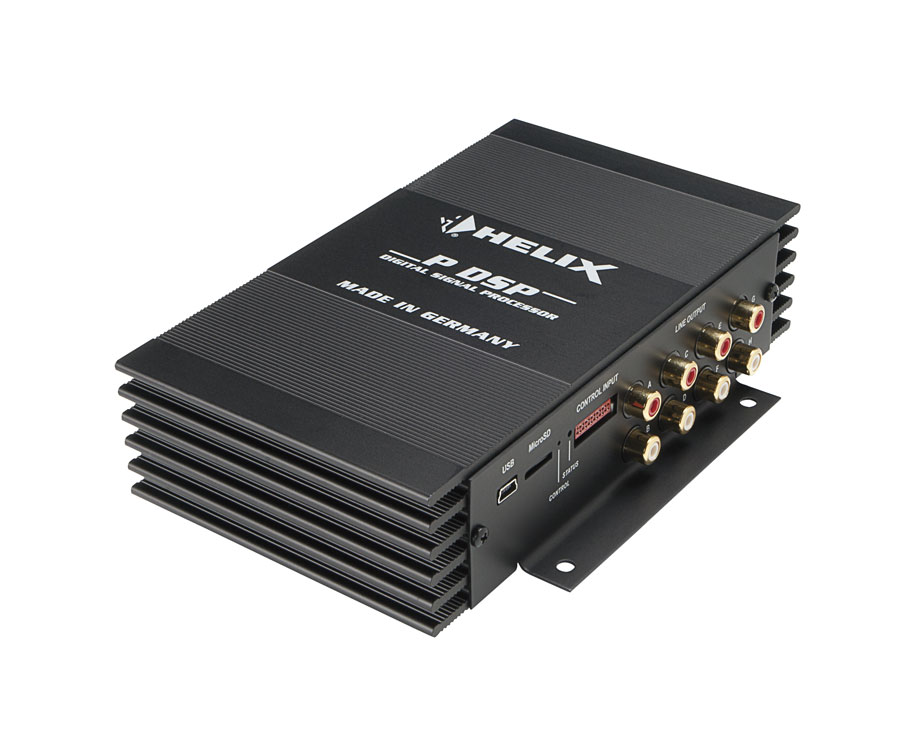
Signal Delay and Phase
Okay, so you’ve got the crossovers set, the EQ pretty much dialed in (does anyone ever actually finish EQing?), now it’s time to start fiddling with the staging and imaging. With the Helix P-DSP, you have the ability to adjust the amount of delay on any of the channels individually, to get just the right image placement. To make things simpler, you can choose to make the adjustments using either distance or time increments, whichever is easier for you. Regardless of which way you do it, you can delay the signal in 0.02 millisecond (0.3”) steps all the way up to a delay equaling 12 feet! Each channel also has a 0-180° phase adjustment, and a handy mute button for turning off certain channels while making your adjustments.
Additional Features
Okay, so the Helix P-DSP is a pretty cool unit, but there are a few other tricks still hiding up its binary sleeve. While tuning, you can save all your settings to a MicroSD card that plugs into the front of the unit and is then written to the unit’s memory. The same card can be used to manage firmware updates without having to connect the unit to a computer. If you wanted to save two very different tuning profiles, say one for SPL and one for SQ, you can switch between them by pressing a tiny recessed button on the unit adjacent to the MicroSD card slot. Verification is indicated by a tri-color LED, so you always know what’s going on.
In the case of connection to an OEM type source unit, turn-on is automatically taken care of with a signal sensing circuit, and a remote output is provided to supply a turn on signal for amplifiers (optional cable required). Do you have an all-digital signal path? That’s cool, because if you have the ability to provide an optical digital signal from your system, a built-in SPDIF input is also provided, and is also controlled through the software.
On the test bench, the Helix P-DSP proved to be a very accurate, high performance processor. Interchannel gain tracking was as close to perfect as makes no difference, signal to noise was excellent, and crosstalk also measured better than most amplifiers are capable of. The unit has a maximum useable output voltage of 4.0Vrms, and a low output impedance of 85 ohms. It will work well with virtually any source unit, and has high level balanced inputs for connection to an amplified source or OEM radio.
The Helix P-DSP proved to be a competent and easy to use tuning tool, which in many cases puts it at an advantage to some of the overly complex and difficult to use products in this category. Combine that with an attractive price and good build quality, and it’s a good deal all around. It will provide an astonishing amount of tuning and adjustability, and because the GUIs are well thought out and easy to understand, it could quickly become a pro tweaker’s favorite.
TECHNICAL SPECS and SYSTEM REQUIREMENTS
|
Frequency Response (+/-3.0dB) |
20Hz – 20kHz |
|
Signal to Noise Ratio (ref to 1V out) |
-92.9dBA |
|
THD+N (ref 1V out, @ 1kHz) |
0.015% |
|
Output Impedance |
85 ohms |
|
Input signal range |
2.5V – 9Vrms |
|
Maximum Output Voltage - Stereo outputs (unclipped) |
4.0 Vrms |
|
Maximum Output Voltage - Subwoofer outputs (unclipped) |
4.0 Vrms |
|
Windows Based PC Win98, XP, Vista and Windows 7 compatible |
|
Related Articles
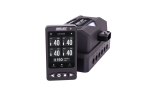 Air Lift Performance ALP4 - Next Level Air Suspension Management
Air Lift Performance ALP4 - Next Level Air Suspension Management
 Acura To Bring Back The RSX… Sort Of
Acura To Bring Back The RSX… Sort Of
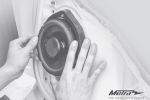 Metra to Show New Speaker Adapter Plates and Harnesses at SEMA 2024
Metra to Show New Speaker Adapter Plates and Harnesses at SEMA 2024
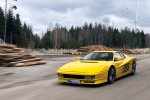 KW Suspensions Coilovers for Ferrari Testarossa
KW Suspensions Coilovers for Ferrari Testarossa
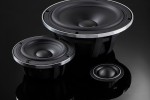 Morel Sensus Component Systems
Morel Sensus Component Systems
 Stingray Brings Karaoke to Select Ford Vehicles
Stingray Brings Karaoke to Select Ford Vehicles


